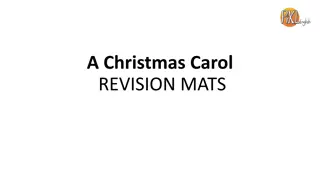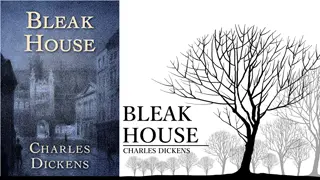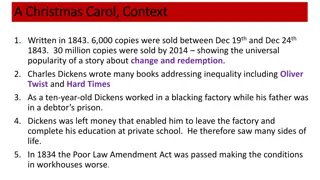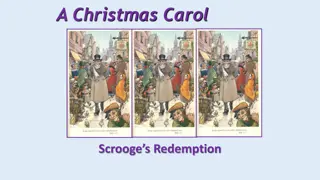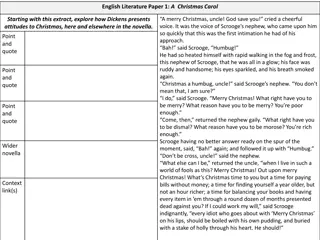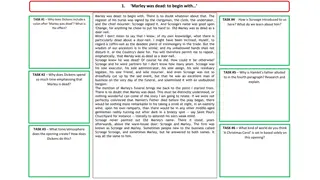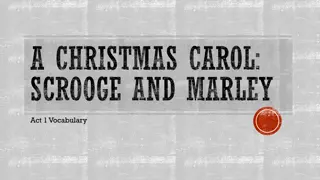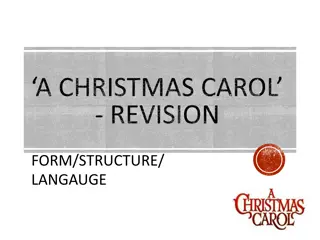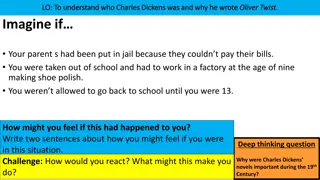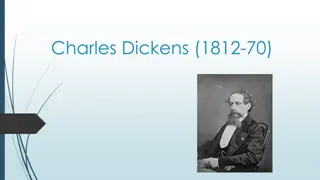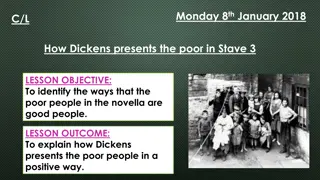A Christmas Carol by Charles Dickens - Musical Imagery and Ghostly Themes
Dickens' "A Christmas Carol" is a timeless tale of redemption and joy, portrayed through musical staves that convey different moods. The story, mainly in the third person, with a touch of first-person narration, revolves around Scrooge's transformation and the power of Christmas carols to bring people together. The preface, written with eerie charm, sets the ghostly tone for the book, promising an intriguing read filled with haunting ideas and festive spirits.
Download Presentation

Please find below an Image/Link to download the presentation.
The content on the website is provided AS IS for your information and personal use only. It may not be sold, licensed, or shared on other websites without obtaining consent from the author. Download presentation by click this link. If you encounter any issues during the download, it is possible that the publisher has removed the file from their server.
E N D
Presentation Transcript
A Christmas Carol By Charles Dickens
Title Dickens saw his tale as one to be heard and shared, as Christmas carols spread joy and bring people together.
A carol is a song of joy or praise. It is often intended to teach something; in this case, the praise of Christmas and how it is able to make people forget their troubles, and of Scrooge because he changes his ways.
Staves- part of the musical imagery, each chapter is a stave. A stave is a section of music where the mood is all the same. This is the case in A Christmas Carol, where each stave conveys a different mood and message.
Point of View Mainly in the third person, with a touch of first person narration.
Preface A preface is a brief introduction written by the author.
I have endeavoured in this Ghostly little book, to raise the ghost of an Idea, which shall not put my readers out of humour with themselves, with each other, with the season, or with me. May it haunt their houses pleasantly, and no one wish to lay it down. Their faithful Friend and Servant, C.D December 1843
The preface helps set the tone of the work. By addressing the reader directly, Dickens employs an intimate, personal tone that is also used by the book s narrator. He speaks to us as if we were his familiars. By calling the work a ghostly little book he implies that it will deal with ghosts and thus already intrigues the reader, making us curious to read further.


